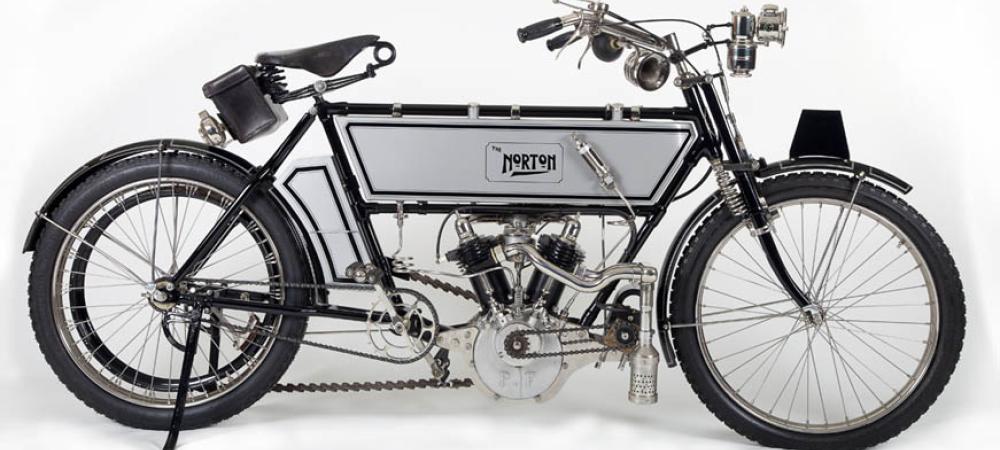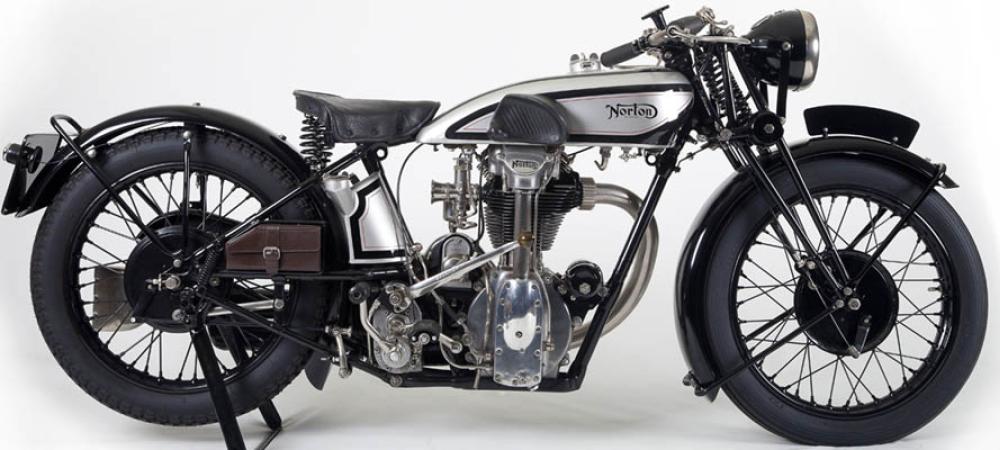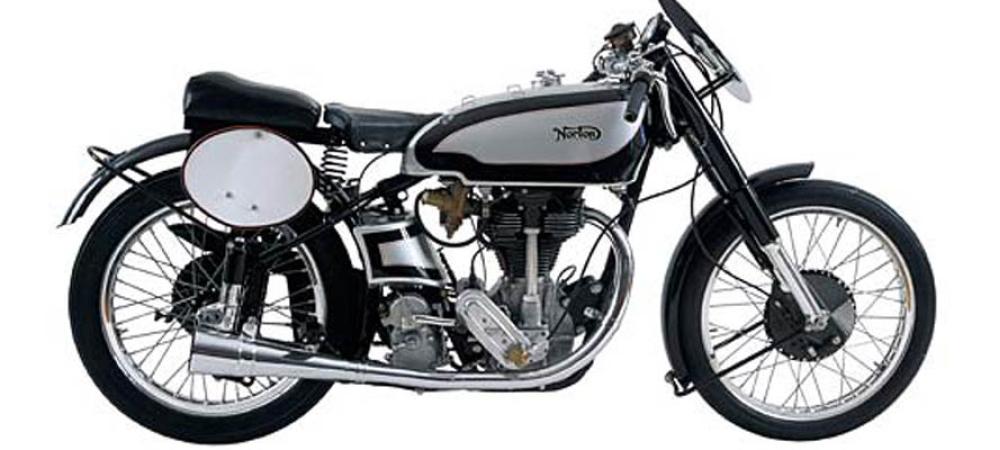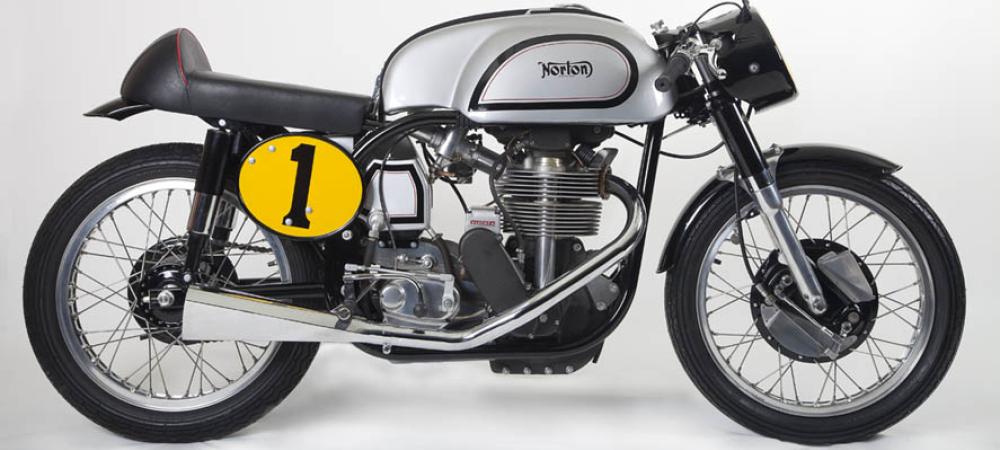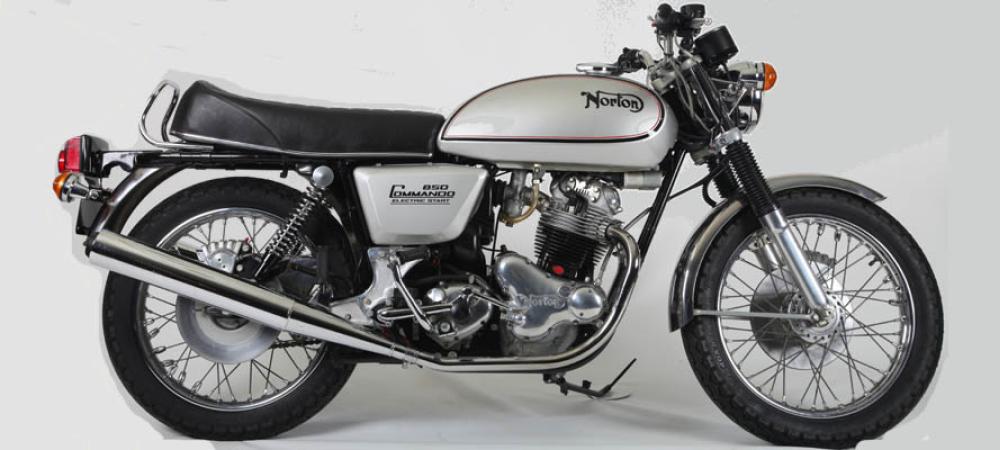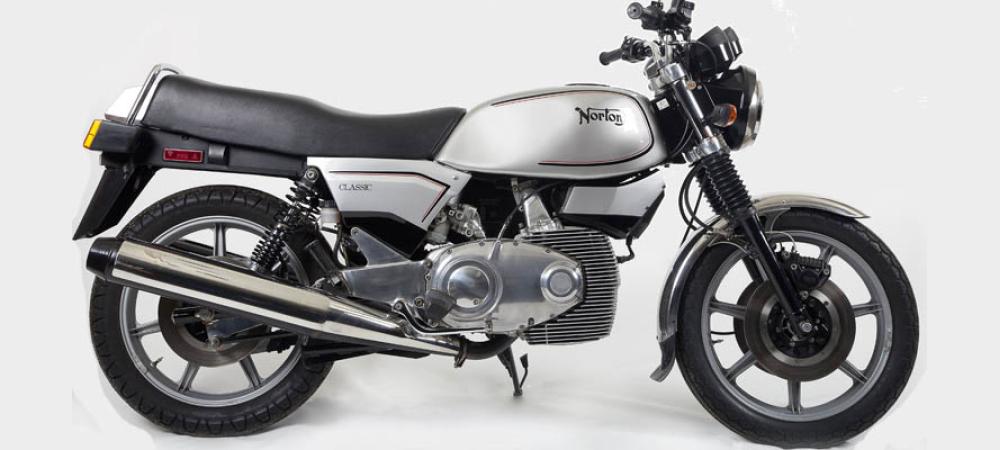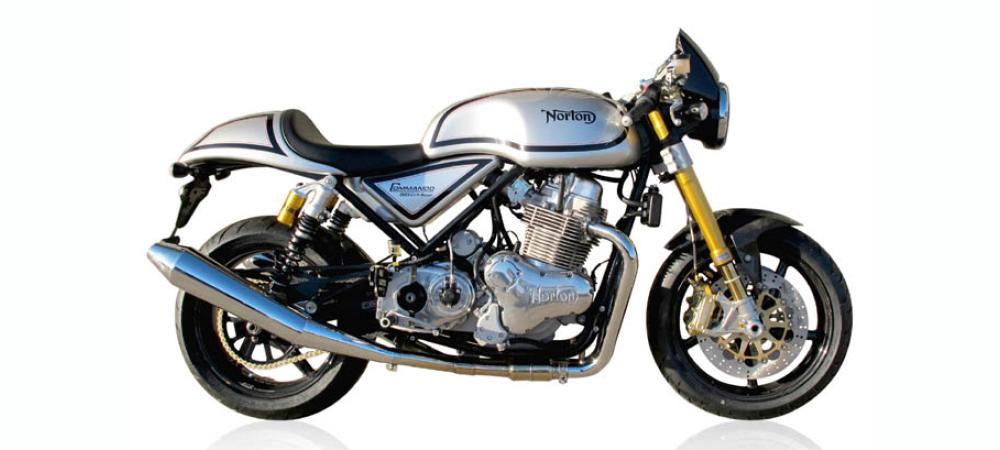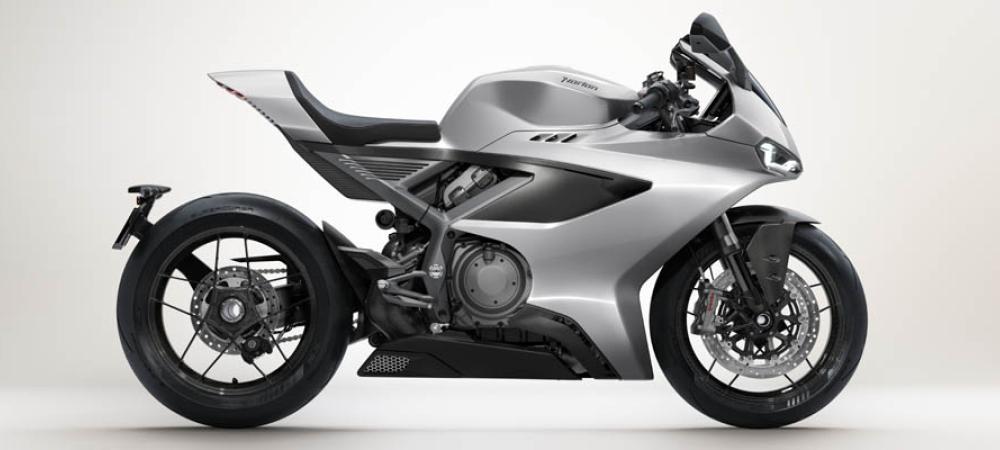Alan Osborn in Roadholder
How to convert 6V electrics to a 12V alternator system
British motorcycles prior to the mid 1960s would all be wired with 6V alternators; the earliest Lucas alternator would be the RM15 or RM18. These only gave of the order of 80W, so they were surpassed by the RM19 which, assuming that all was working correctly, gave 110W. The rotors and stators are not interchangeable between the two types, even if at first glance they might seem to be. The RM15/18 has a 70mm rotor diameter while the RM19 and RM21 and in fact all subsequent rotors are 74mm.
The suggestion is that any remnants of the RM15/18 are discarded as the output is far too low, the parts are not readily available and not at the right price. The RM19 stator is very easily convertable to 12V, but which system you use depends on your ignition system and wiring.
For a magneto ignition, 6V wiring and a light switch in good condition, then swapping over the green/black wire and the green/yellow where they connect between the alternator and the rest of the bike's loom will give you enough electricity to run 12V.
If you have coil ignition and are perhaps rewiring for 12V with a much simpler light switch, i.e. no alternator wire switching, then you connect the green/black to the green/ yellow and treat the alternator as if it were a two wire RM21 which in fact it effectively becomes.
While on about the alternator, many people think that their 6V charging is poor because it is 6V, or that their stator has burnt out or generally fallen apart (especially the pre-encapsulated ones), when in fact the culprit is often the rotor, which being as old, has lost some of its magnetism. Any rotor more than 5 years old is suspect of this. Magnets don't like heat or vibration, which is exactly what you have in a British motorcycle primary drive.
Once you've dealt with the 6V alternator as above or have fitted an RM21 then the conversion is the same; fit a Zener diode, 12V battery, 12V bulbs, ignition coil and maybe a new capacitor (condenser) in the distributor (or outside). Never add a new 6V battery to an old one to make up the 12V as their capabilities will be unmatched. There's little point in changing the horn as it's only used intermittently and what can you do with a 6V horn anyway? You MUST fit a fuse as the extra energy capability of the 12V system could very easily cause a fire. To determine the size of the fuse, add up the total amperage that could be running with all the lights on, and add 5.
A 12V system also has the advantage of allowing you to fit electronic ignition, not as important for the singles, but more so with the twins seeing how they go through advance/retard units. For those who still have adequate 6V wiring and a light/charging switch and magneto, the reason for leaving the alternator as a 3-wire one is that without the ignition load (20W), the Zener diode could be near its limit (100W), if not fitted with a substantial heat sink.

